Last Updated on May 6, 2025
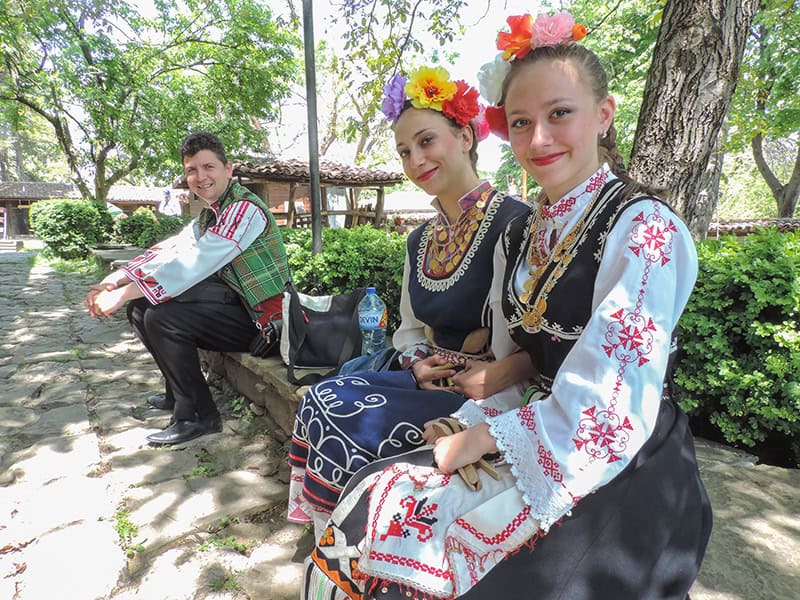
By Maria Lisella
Come summer, significant European festivals such as the Glastonbury Festival, Brighton’s Foodie Festival, and the Montreux Jazz Festival will likely be overcrowded. And it’s not just the festivals… attractions like the Spanish Steps in Rome (it’s a Holy Year, which means enormous crowds), the Louvre in Paris, and Buckingham Palace in London will be thronged with tourists. Experts expect about five million Americans to join in the fun throughout Europe this year.
For a less frenzied jaunt of popular festivals in Europe, consider enjoying festivals in the Heart of Europe, adding up to nine countries in the regions of Eastern and Central Europe.
European festival settings range from glamorous cities like Vienna to picturesque provinces to quaint villages on the Rhine. You can listen to jazz and philharmonic orchestras under starry skies, stroll farmers’ markets, hunker down to film screenings, join match-making markets, sip wine and beer pairings in the vineyards where they were harvested, taste farm-fresh specialties, and return home revitalized.
(Note: whenever possible, and after firm dates have been provided, we have included website links to these Central and Eastern European festivals. Always check a festival’s website to ascertain final dates, fees, etc.)
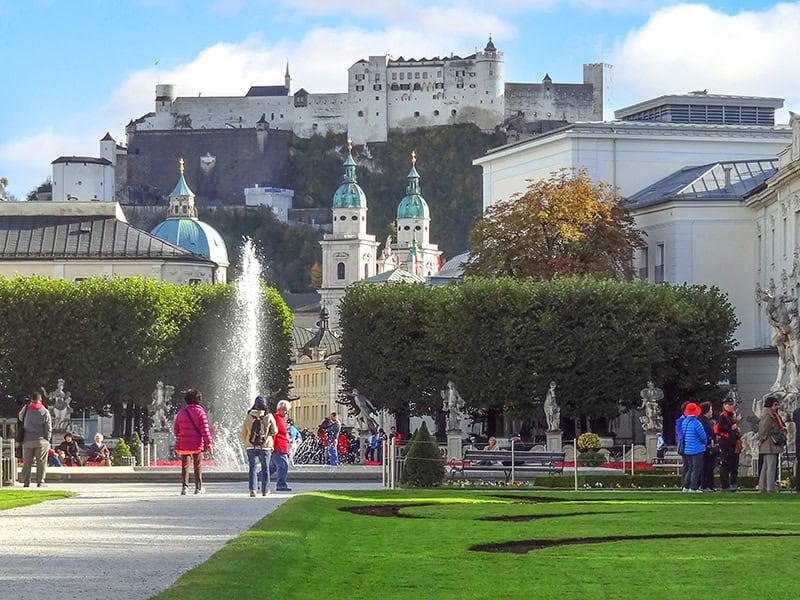
Austria
The hills are alive in Salzburg during the 60th anniversary of The Sound of Music, which premiered in 1965. Celebrations began February 6, 2025, with The Sound of Music year-round exhibition at Schloss Leopoldskron. The Schloss is the breathtaking location where one of the film’s most memorable scenes was shot.
This year also marks the 200th Anniversary of Johann Strauss’s birth in Vienna. In celebration, the city has devised a wide-ranging cultural program that presents 65 productions and three exhibitions. This Central / Eastern European festival takes place at 71 different locations throughout the city, featuring moats, grand imperial halls, and Baroque gardens. Music combines with passionate performers who re-enact intrigues, weddings, and stories that will transport even the most well-traveled visitors.
Also in Vienna is the Summer Night Concert series, which kicks off on June 13. In Lower Austria, you’ll have the opportunity to enjoy the Grafenegg Festival from August 14 to September 7. At the Innsbruck Festival of Early Music, the Vienna Philharmonic takes the stage from July 25 to August 31. All are free.
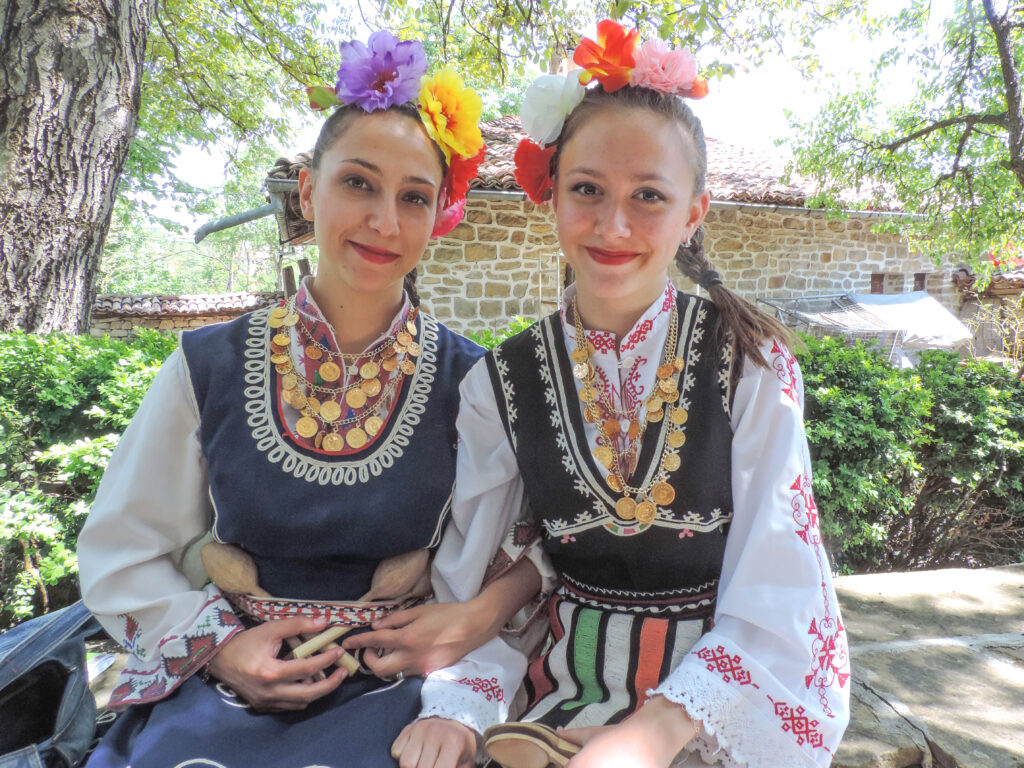
Bulgaria
Bulgaria’s bountiful blossoms of roses and lavender attract some 150,000 tourists every June. The 122nd edition of this eastern European festival, the Rose Festival, June 6-8, 2025, starts with rose-picking rituals throughout most villages in the valley: Rozovo Razhena, Koprinka, near Kazanlak, and Yasenovo. Can’t get there in time? Visit the UNESCO-designated Rose Museum. The Rose Festival in Karlovo opens on May 31, while the Lavender Festival there blooms on June 21.
The History Museum in Iskra features the Kazanlak Thracian Tomb (also a Unesco site), which gives a sense of the magnitude of Bulgaria’s history. Get tickets on the spot.
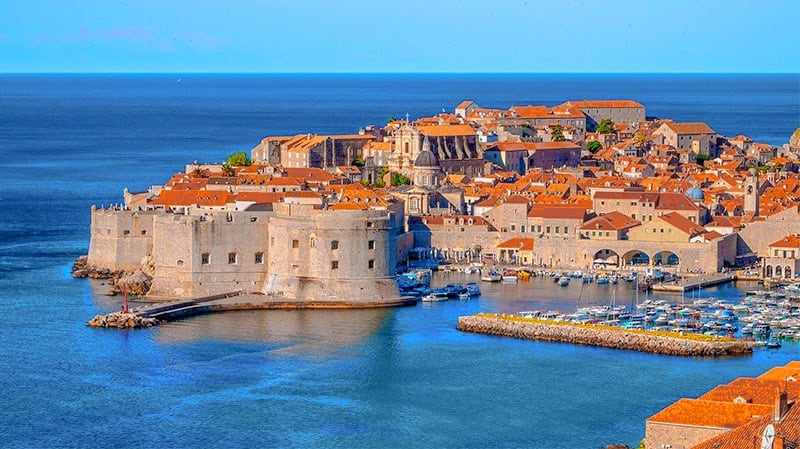
Croatia
From July through August in Croatia, the magical cities of Dubrovnik and Split are the Eastern European theaters for the Dubrovnik Summer Festival and the Split Summer Festival (mid-July to mid-Aug.). “The Days of Diocletian” takes place in mid- to end-August on the streets of Diocletian’s Palace. The 12th Split Pride takes place in mid-June. The Mediterranean Film Festival Split (June 12-21) showcases regional films in several venues.
For a full view of Croatia’s festivals this summer: from Hideout Festival (June 22-26) to the Ultra Europe Music Festival (July 11-13) to the 59th International Folklore Festival Zagreb (July 16-20). By October, local gastronomy takes center stage. Enjoy the Good Food Festival in Dubrovnik (Oct. 7-20) and Taste the Mediterranean Festival in Split (late October). Both spotlight local and international celebrity chefs.
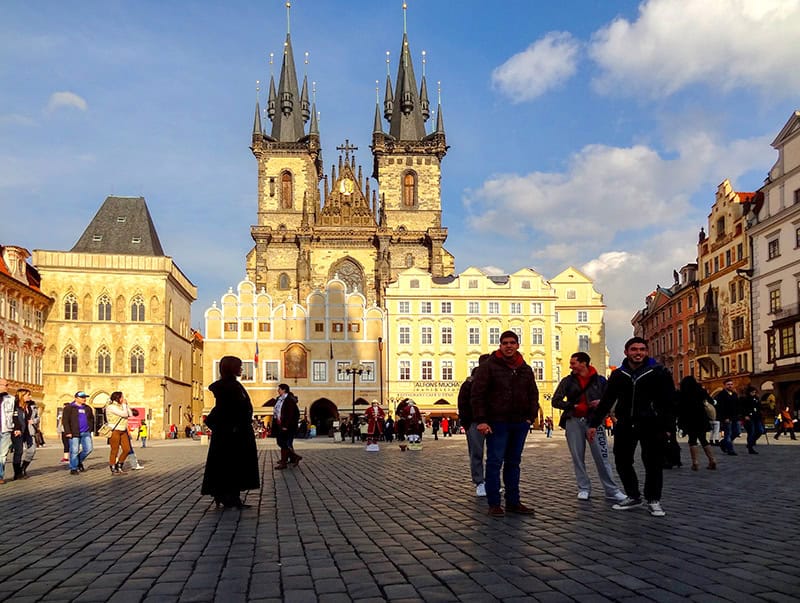
Czech
The Czech Philharmonic Orchestra opens the 66th year edition of the Smetana Litomyšl Festival 2025, the largest classical music festival in the country. Opera performances and concerts are set in the Litomyšl State Castle, a UNESCO World Heritage site. as well as acoustically excellent venues such as the castle’s courtyard with its retractable roof, the castle riding hall, and churches.
The European Festival Awards survey rates The Colors of Ostrava (July 16-19) as one of the top 10 festivals in Europe. This was once a steel town about a three-hour train ride from Prague in Lower Vítkovice. It has now been repurposed with an impressive number of innovative multi-purpose venues, including an industrial museum, the World of Technology, and an educational and entertainment center in the works.
Not to be outdone by big-banner cities, Czech is also home to one of the oldest and most prestigious A-list film festivals in Central and Eastern Europe: The Karlovy Vary International Film Festival. It takes place July 4-12, and is in a category on par with film festivals in Cannes, Berlin, Venice, Locarno, San Sebastian, Montreal, Shanghai, and Tokyo.
Free concerts of The Bohemia JazzFest also take place July 9-16 in Prague, Pilsen, Hluboka nad Vltavou, Brno, and Prachatice. See more at VisitCzechia.
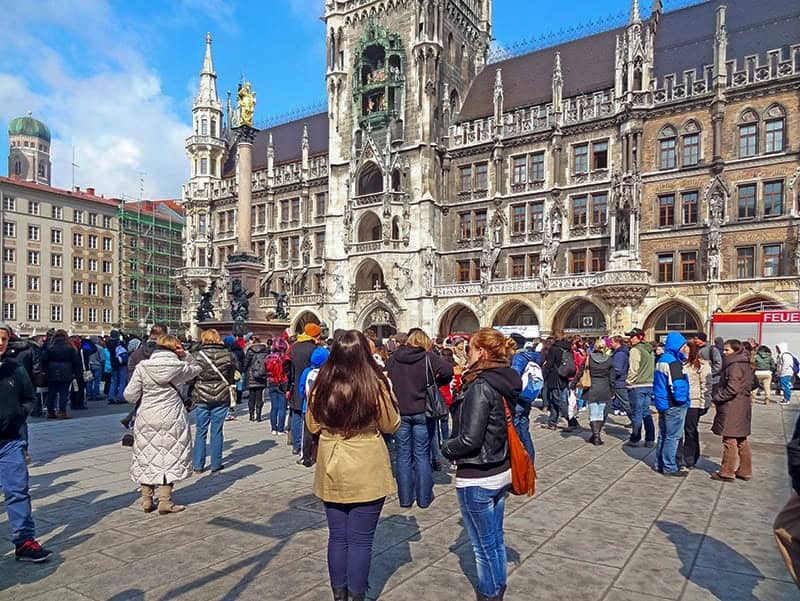
Germany
Germany is well-known for its Oktoberfest in Munich and world-famous sparkling Christmas markets. But the country also rings with music all summer long, lauding its most famous music makers: Bach and Wagner, to name two.
“Rhine in Flames” (Rhein in Flammen) is held in different cities along the Rhine River: Bingen Rüdesheim (July 5), Spay Koblenz (August 9), Oberwesel (September 13) and St. Goar (September 20).
The Dresden Music Festival (May 17-June 14) is studded with world music, including classical tones and jazz. By June 7-9, two of the largest rock and metal festivals — the Rock am Ring takes place in Nürburgring in the Eifel, Rhineland-Palatinate, while Rock im Park takes place at Zeppelinfeld in Nuremberg, Bavaria.
Leipzig, J.S. Bach’s stomping grounds, hosts more than 100 open-air concerts in the market square. But don’t stop there. The Bayreuth Festival Theater (July 25-August 27) is where Wagner first performed “Ring des Nibelungen” as a cycle in 1876. Cities from north to south — Bremen, Hanover, Hamburg to Stuttgart, and Dusseldorf – also host folk festivals.
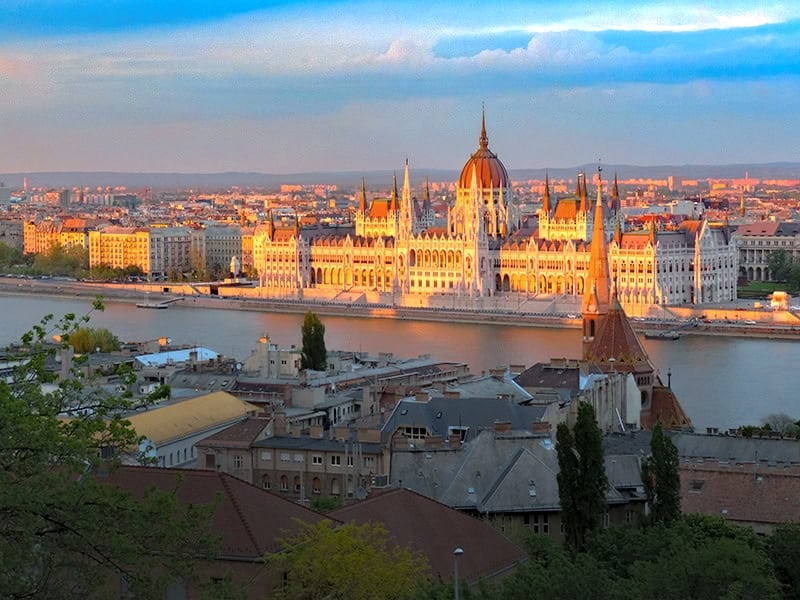
Hungary
This year’s JazzFestBudapest (April 27-May 14) includes sunrise concerts and a series celebrating International Jazz Day. The latter features young talents from across the globe, from Brazil to Italy, Austria to Korea.
Once July arrives, Hungary comes alive with multi-genre events such as the Valley of Arts Festival (July 18 – 27). This Eeastern European festival, Hungary’s largest, transforms the villages of Kapolcs, Taliándörögd, and Vigántpetend into vibrant cultural hubs with more than 2,000 events. It’s a wonderful mélange of music, theater, and art.
The International Folk Dance and Music Festival “Summer Budafest” (July 25 – 28) brings together folk-dance groups, choral ensembles, and orchestras from around the world, fostering cultural exchange.
As August arrives, so does the FEZEN Festival and Paloznaki Jazzpiknik, which are setting the stage for the grand finale: Sziget Festival (August 7-12). Entry tickets are required and may be purchased at https://szigetfestival.com/en/tickets/list .
Skipped summer in Budapest or Hungary? Harvest season in Hungarian vineyards kicks off with the Budapest Wine Festival (September 11-14). It’s in the most iconic of settings: the Buda Castle that towers over the Danube just before the Villány Red Wine Festival (October 3-5).
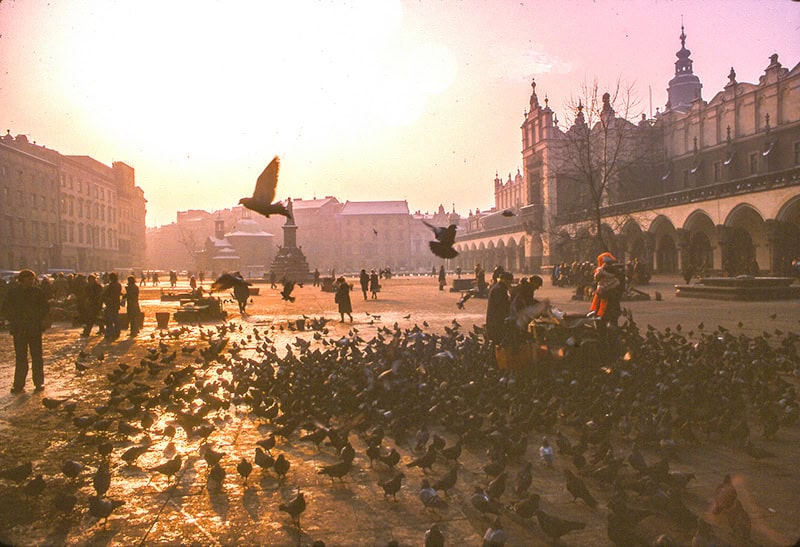
Poland
In Poland, “Dragons of Fairy Tales, Fables, and Novels” is the theme of Krakow’s Great Dragon Parade (June 7-8). Organized by the Groteska Theatre, you’ll enjoy colorful pageantry and large-scale puppetry. There’s also a light and sound show starring giant dragons and a parade of colorful beasts floating on the Wisła River boulevards below Wawel Castle.
The Sztukmistrzow Carnival in Lublin (July 24-27) showcases circus performances, street shows, theatrical acts, workshops, and fire displays. The city also hosts the Re: Tradition– Jagiellonian Festival (August 22-24) in the Old Town, which features the sounds and sights of traditional music, dance, design, and crafts. Further along the Amber coast in Gdansk is the St. Dominic’s Fair (July 26-August 17), which dates back to 1260. It features one of the largest open-air markets in Europe.
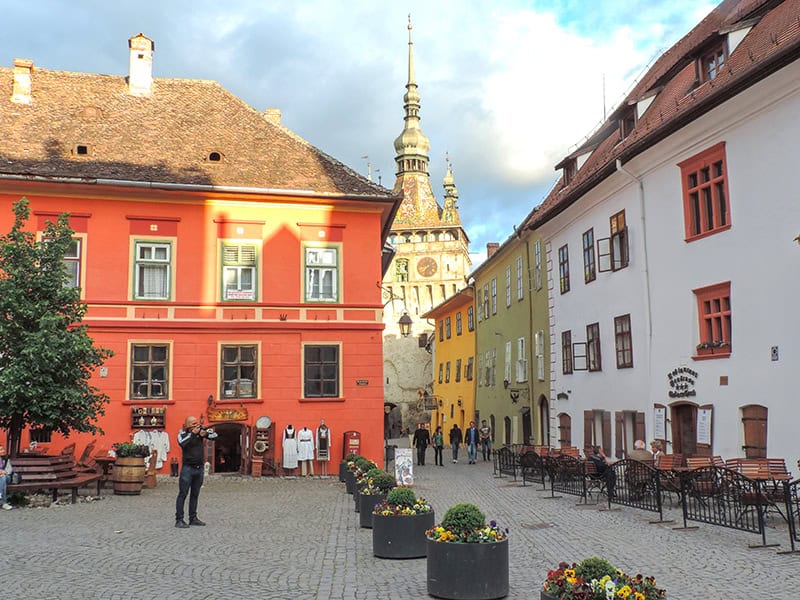
Romania
Among the top 10 city-side cultural events for 2025 in Romania is the Transylvania International Film Festival (June 13-22) in Cluj Napoca. Overlapping that event is the Sibiu International Theatre Festival (June 20-29), considered one of Europe’s most famous theater festivals alongside the Festival d’Avignon (France) and the Edinburgh International Festival (UK). Later, enjoy the Bucharest Jazz Festival (July 4-12).
No longer a “maiden market,” the 200-year-old Maidens Fair in the mountain Village of Avram Iancu is now a fair of re-enactments, dancing, music, food, and maybe the perfect mate. This year, it takes place July 20-21.
Romania keeps humming and grazing through the Sighisoara Festival of Medieval Arts and Crafts (July 25 – 27), the George Enescu Classical Music Festival, Bucharest (August 24-September 21), and the Bucharest Gourmet Show 2025 (October 11-12).
Another eastern European festival, the Haferland Festival (July 31-August 3) highlights Saxon culture in the region between Rupea and Sighișoara that is known as “Oat Country,” while the Taste of Transylvania Food Fest (September 4-7) takes place in the Village of Valea Boros.
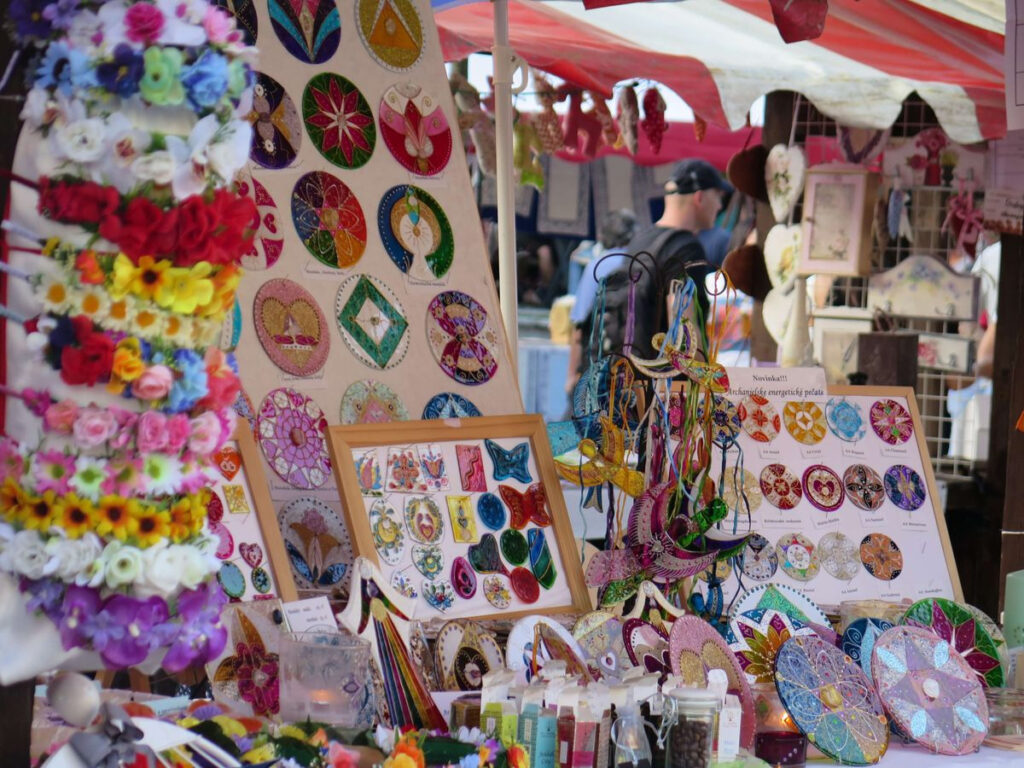
Slovakia
As old a country as it is, Slovakia characterizes itself as young and progressive.
Set at a cultural intersection, it preserves some of the oldest traditions in the region. A cluster of events takes place from the International Festival of Children’s Folklore Ensembles during the first week of June to The European Folk Festival during the 2nd week of July. The Radvanský jarmok Fair (September 11-14) dates back to 1655. At that time, the village of Radvaň won the privilege to organize a market on the birthday of the Virgin Mary. Deeper in the fall, the Traditional Carnival Hog Feast at the Beckov Castle (November 9) kicks off wine harvest festivals in small Carpathian villages from Bratislava to Raca, Pezinok, and Modra.
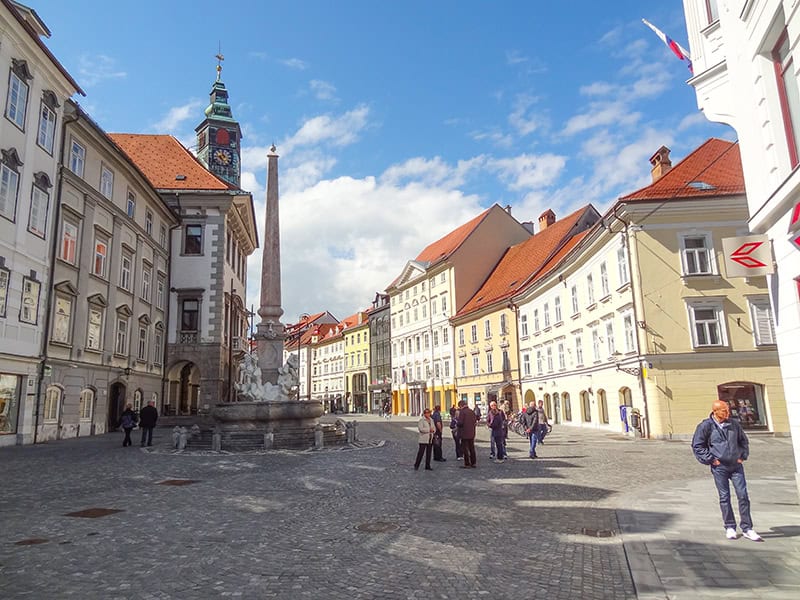
Slovenia
Slovenia, a corner of former Yugoslavia, has risen in popularity among gourmands and foodies. It is home to an incredible 10 Michelin-starred restaurants, eight of which are led by female chefs.
In Slovenia, you’ll find the International Lent Festival, which, despite its name, is one of the largest in Europe. It takes place June 27-July 5 in 20 venues along the banks of the Drava River. It extends to city parks in Maribor near the border with Austria. Maribor is famous for its Baroque architecture and proximity to the Dinaric Alps.
Designing Your Trip
To match your interests to these European festivals, consult booking agencies such as Mondial Travel \ or DT Croatia (/). Tourist office websites offer other aids for creating itineraries.

Leave a Reply